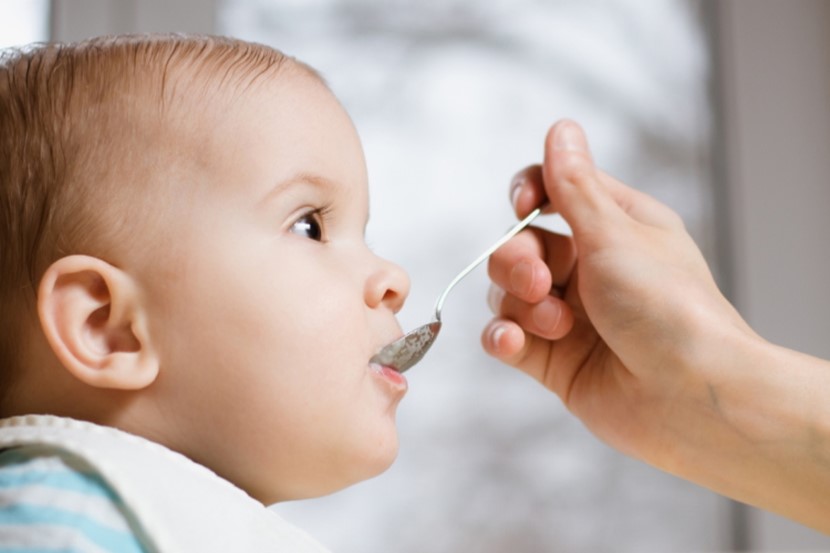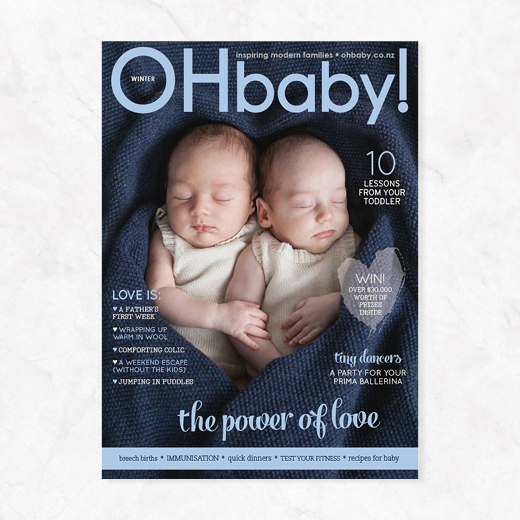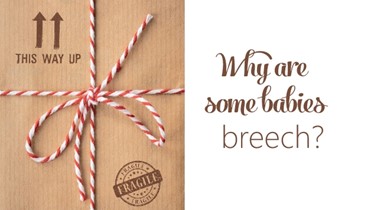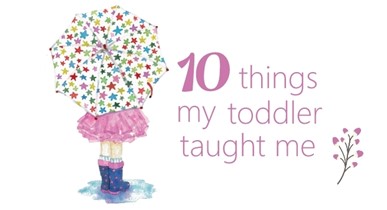Nine things you don't need to worry about when feeding your baby

Adding solid food to your baby’s diet can be hard to swallow. Nutritionist Laura Tari calms your fears.

When your baby starts eating solids, breast milk or formula will still be the main source of nutrition. This takes the pressure off knowing how much they should be eating to begin with. Six-month-old babies still have reasonably small stomachs and will let you know when they have had enough by pushing the spoon away, refusing to open their mouth, or maybe turning their head away. So don’t worry if your baby only eats a spoonful, or takes just a nibble of some finger-food before deciding they’ve had enough to eat and would prefer to now play with their food. As a guide, recommendations suggest you offer 1-2 teaspoons to begin with, which will gradually increase over time.

Variety is important with regards to what we eat. However, when starting a baby on solids, it is better to offer one new food at a time. Focus on giving your baby a chance to get used to eating solid food in general, as chewing and swallowing food is a new experience for him. Allow your baby time to get used to a food before you move on to the next. Initially you can try rotating foods over a 2-3 day period. Increased variety, and food exploration with new flavours and textures, will come with time.

Some babies take time to get used to different foods and, just like adults, babies will have preferred tastes. It’s good to offer small amounts of a food, lots of times, to let your baby gradually get used to each new taste. If a certain food continues to be refused or spat out, try mixing it with another food baby does like, or leave that particular food for a few days before trying again. A rule of thumb seems to be that a baby may need to try a food up to 10 times before he accepts it.

One of the motor skills specifically relevant to solid foods is the pincer grasp. It is absolutely fine if your baby hasn’t mastered the pincer grasp by the time he is starting solid food as it will come with time and practice. Often when babies first start eating, they will do so by ‘raking’ the food where they try to scoop it up using their whole hand. It is also fine if your baby shows no interest in feeding himself. Continue to spoon-feed your baby while also offering finger-food options, such as bite-sized pieces of soft fruit, well- cooked vegetables, or cooked pasta. Self-feeding with a spoon doesn’t happen for most babies until after their first birthday, but be sure to give your baby spoons before then for play, practice, and making a mess!

Food allergies are a common problem today, especially if there is a family history, but don’t let fear put you off. It is during this early stage, while you are introducing solids, that you’ll discover if your baby has any reactions. Most research now suggests that delaying the introduction of a food doesn’t necessarily protect your baby from an allergic reaction anyway. A sensible approach is to offer one new food at a time, adding another food every few days so that you can easily keep track of any possible reactions your baby may have. Offer a small amount of the new food early in the day, and don’t offer a new food if your baby is unwell. Not all reactions require immediate medical attention. However, if your child does have a mild-to-moderate reaction such as a rash, hives, swelling, tummy pain, or vomiting, and you are worried, please contact your GP. If it is a more serious reaction, such as breathing difficulties, wheezing, a pale face, or floppiness, please call 111 within New Zealand.

Gagging is a normal reaction and nothing to be alarmed about. It can be alleviated by offering just small amounts of food at a time. Ensure that lumps in food are kept to a minimum, gradually increasing lumpiness over time. It is important to remember that gagging isn’t the same as choking. Choking affects the ability to breathe, whereas gagging is when baby has more food in his mouth than he is able to easily swallow.

There is a lot of perceived pressure when you’re a parent to do the 'right thing’ and certainly the homemade versus pre-prepared baby food debate is yet another example. Preparing food from scratch for your baby is a great option, but the reality of modern life may mean you have to make different choices. Pre-prepared food is now a lot healthier and tastier than in the past. Look for pre-prepared foods that contain no added sugar, salt, or additives, and food that is made from fresh and wholesome ingredients.

There are many things we have to embrace when we enter parenthood. Mess is one of them. Introducing solid food to a baby is a messy business by any standards. You can minimise the ‘damage’ though by investing in a highchair that is easy to wipe down. Plastic mats on the floor are popular and you can even strip your baby down to their nappy (ensuring he is in a warm room) to save clothes from getting stained.

Every baby is different, but most will start to show ready signs at around six months of age. The signs to look for are when baby wants to participate at mealtimes and seems interested in the food you are eating, when he can sit up straight and hold his neck steady, and when he is able to easily open his mouth without his tongue pushing the food out when you bring a spoon to his lips. There is definitely no rush to start solids until a baby is six months old, but if your four-month-old seems hungry all the time and is eager to join in at mealtimes, have a chat with your GP or Plunket nurse. It may simply be a case of increasing the amount or frequency of his breast or formula feeds, and getting him involved in mealtimes without actually offering solid food. Let your baby sit with you in a highchair or on your lap while you are eating. Give him a spoon and a bowl to play with, or offer a small sippy cup of water or breast milk/formula. If your baby is older than six months and still not showing ready signs, it’s okay. Breast milk or formula is still the main source of nutrition for a six-month-old. Continue to check for signs he is ready for solids, and offer appropriate foods for him to try. Allow him to explore food without the pressure of having to eat. Offer soft finger-foods to begin with, such as cooked kumara and carrot, melon, banana, or avocado - sized to fit in his fist. He may just like a bit of control and to feed himself when he starts eating. Let him play with the food and make a mess, it is definitely half the fun for babies to smear the mushy food all over their highchair! And, where possible, try and eat as a family –babies like to copy and seeing you or a big sibling eat may be all the encouragement he needs.

AS FEATURED IN ISSUE 30 OF OHbaby! MAGAZINE. CHECK OUT OTHER ARTICLES IN THIS ISSUE BELOW

















